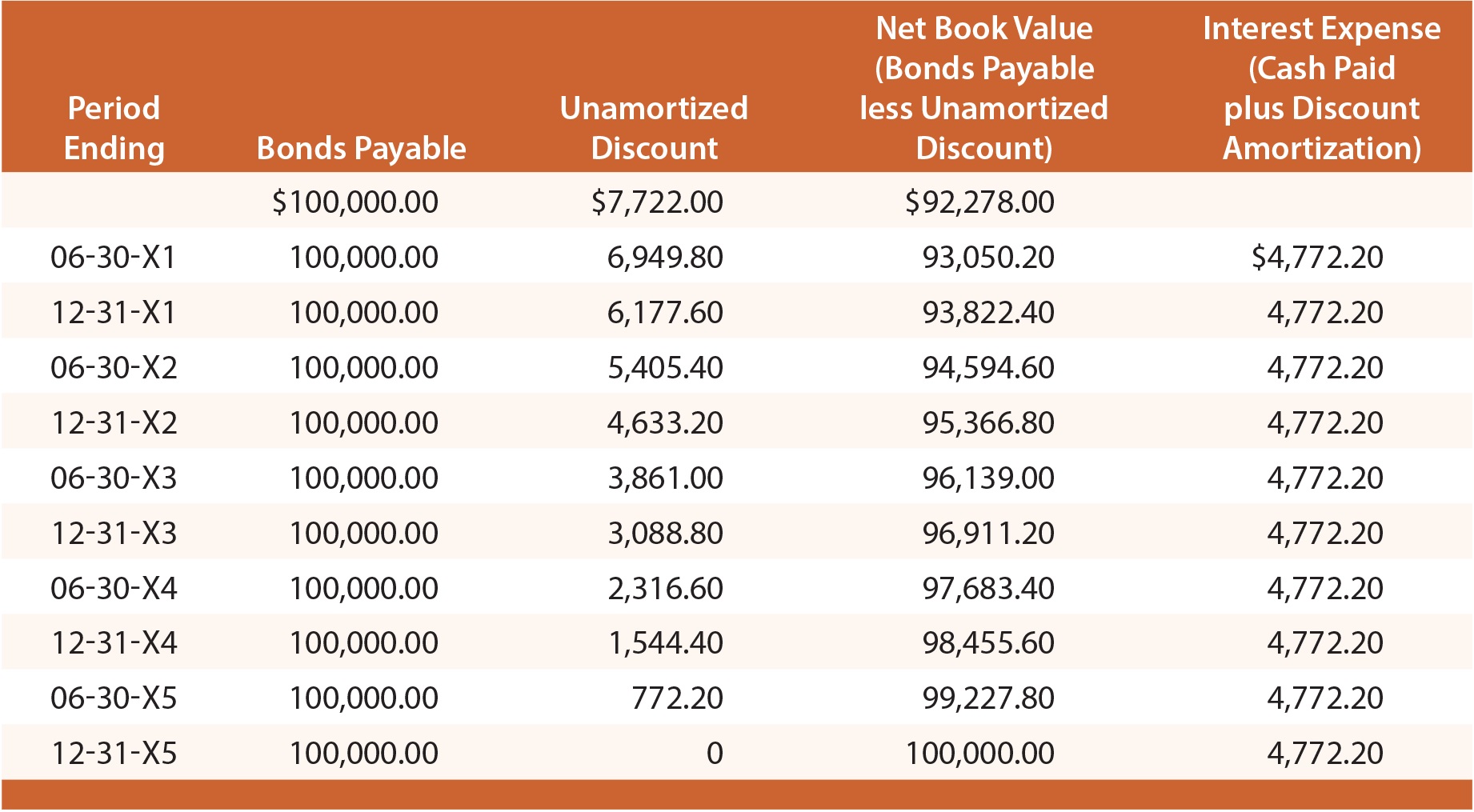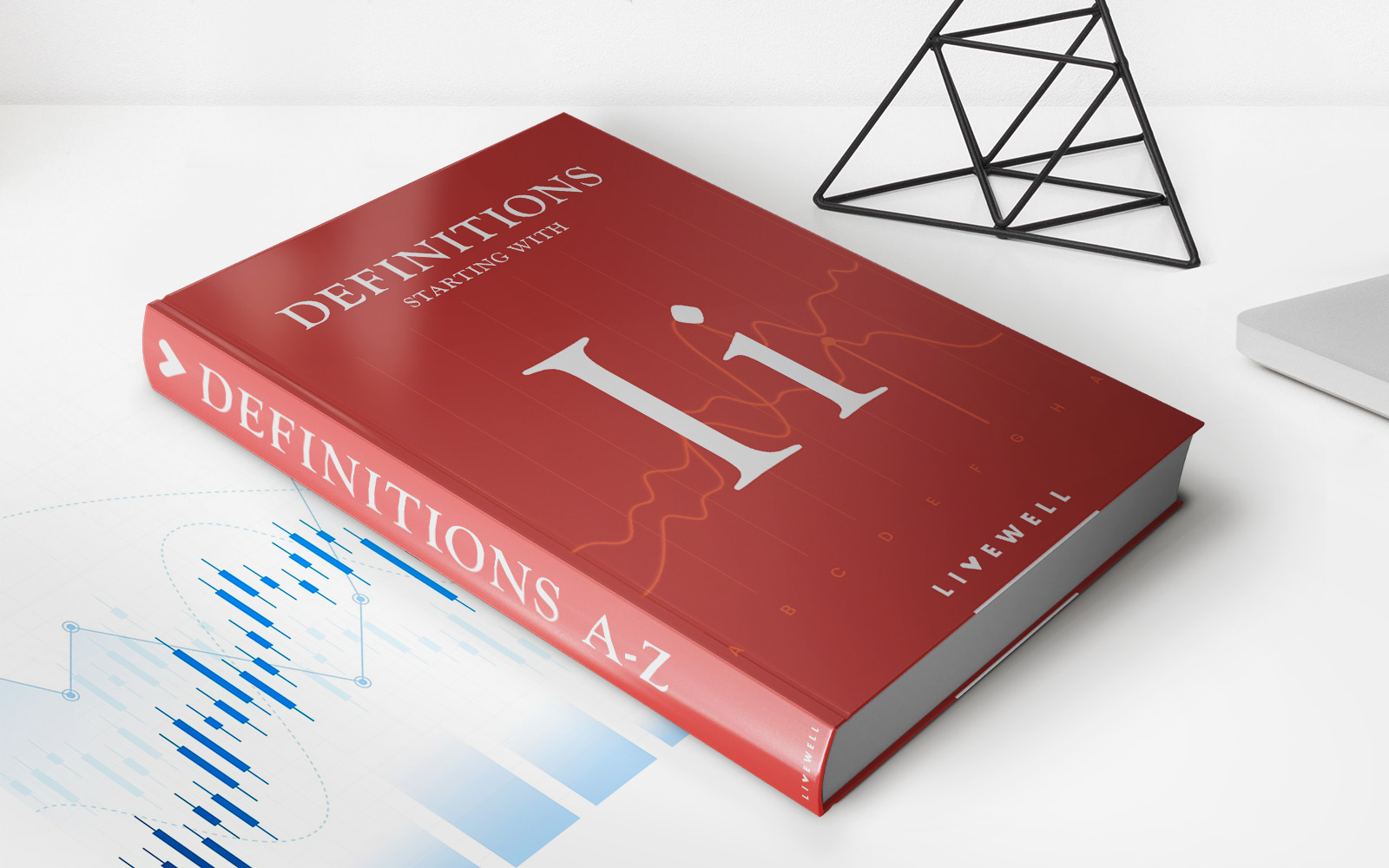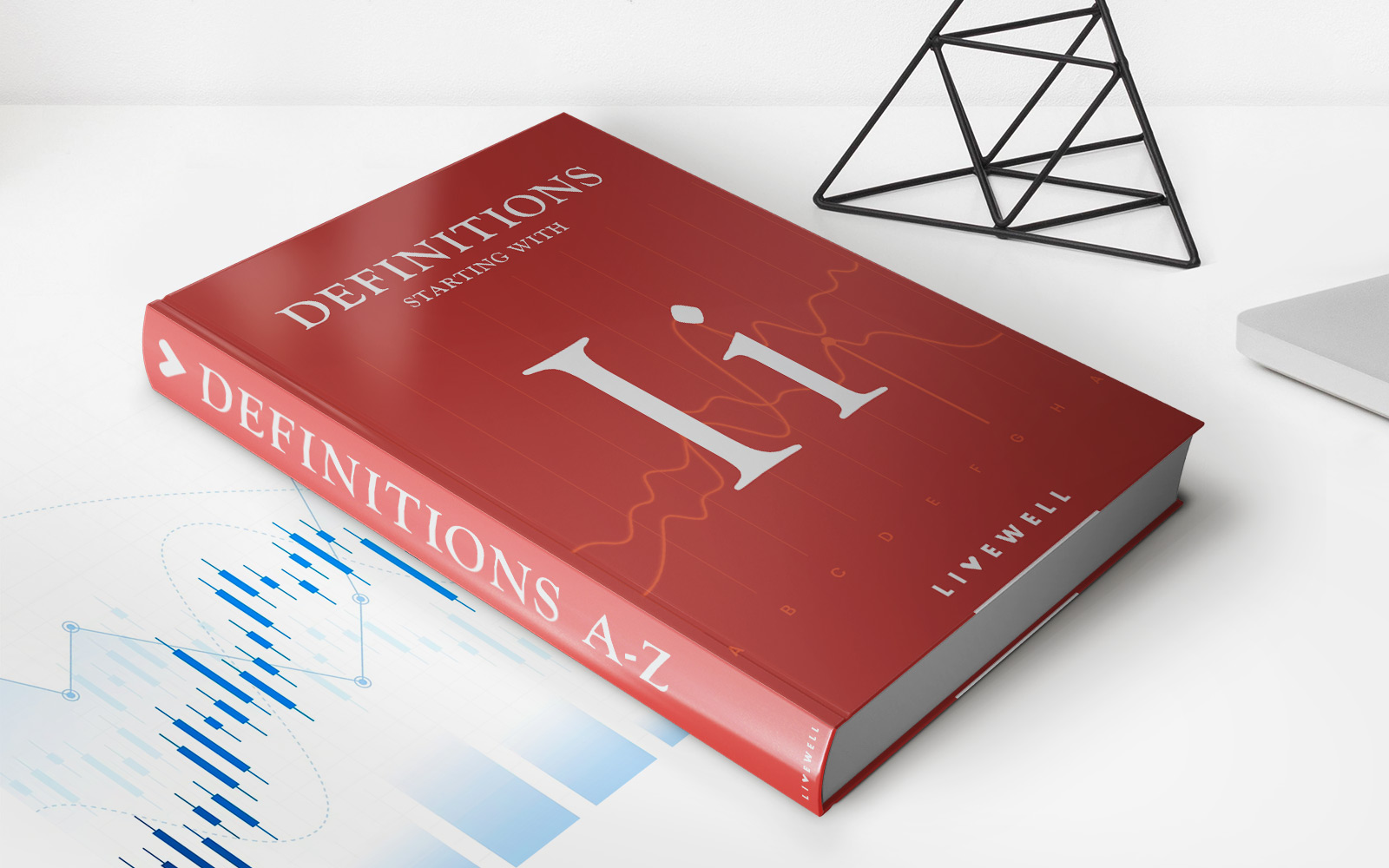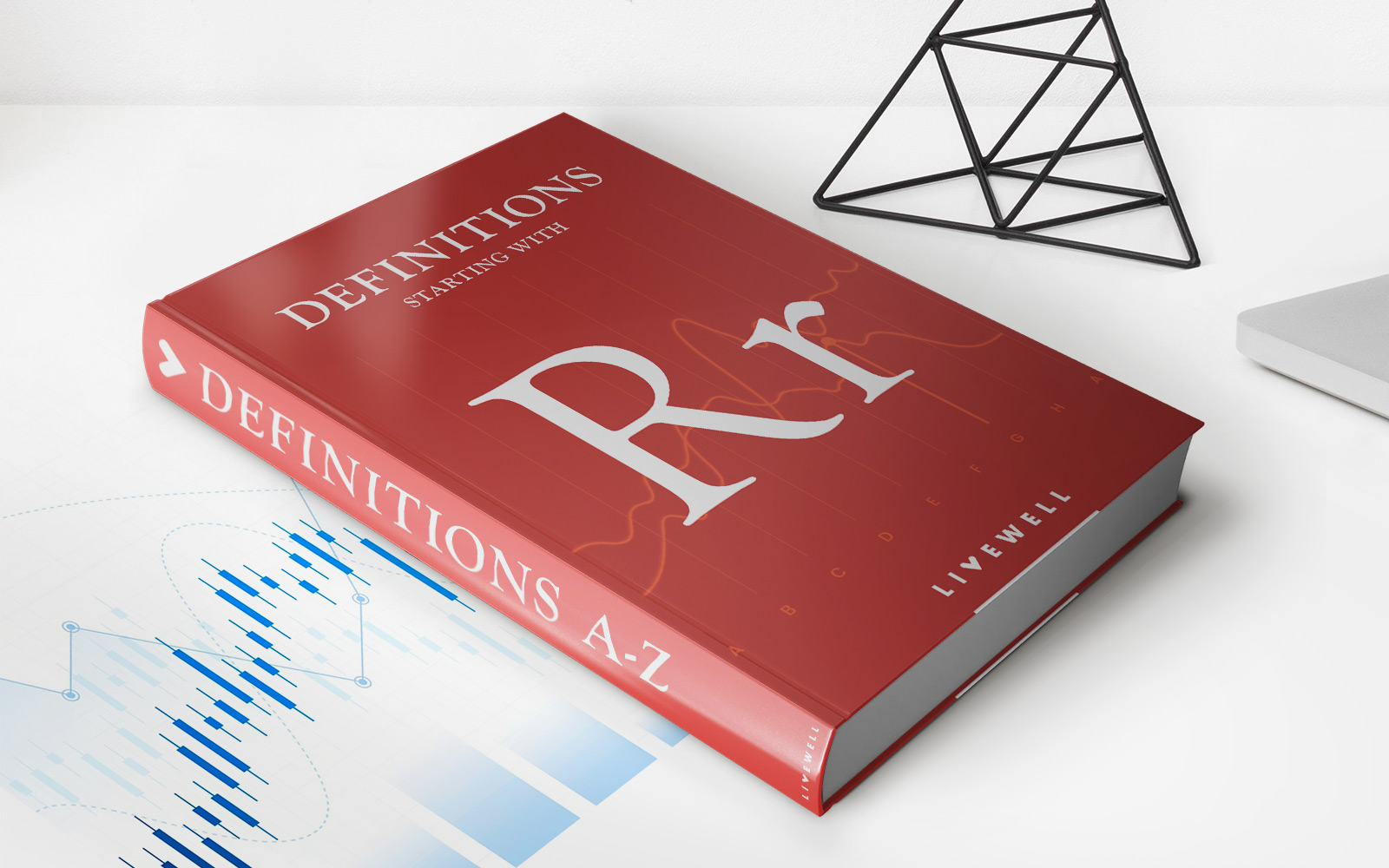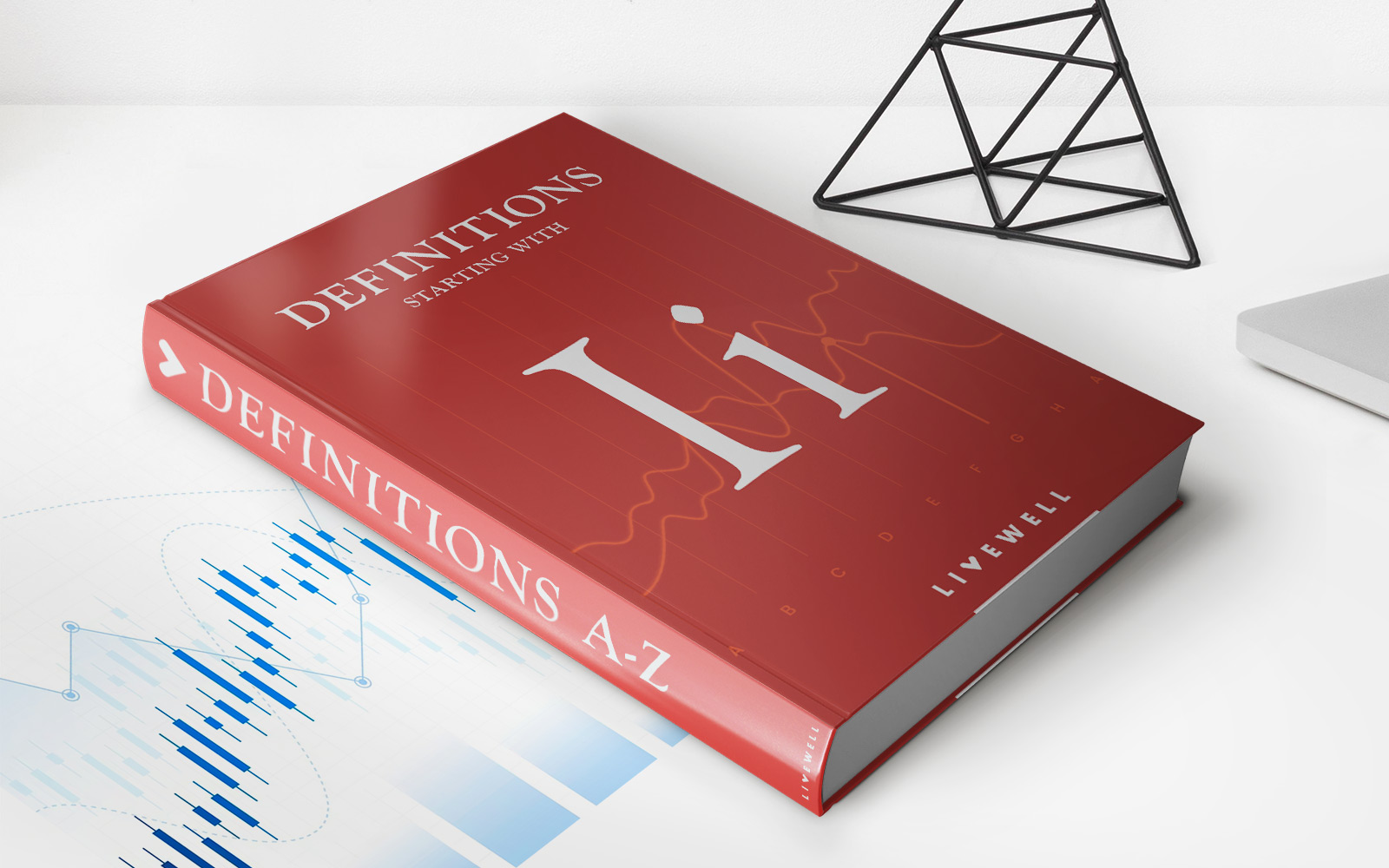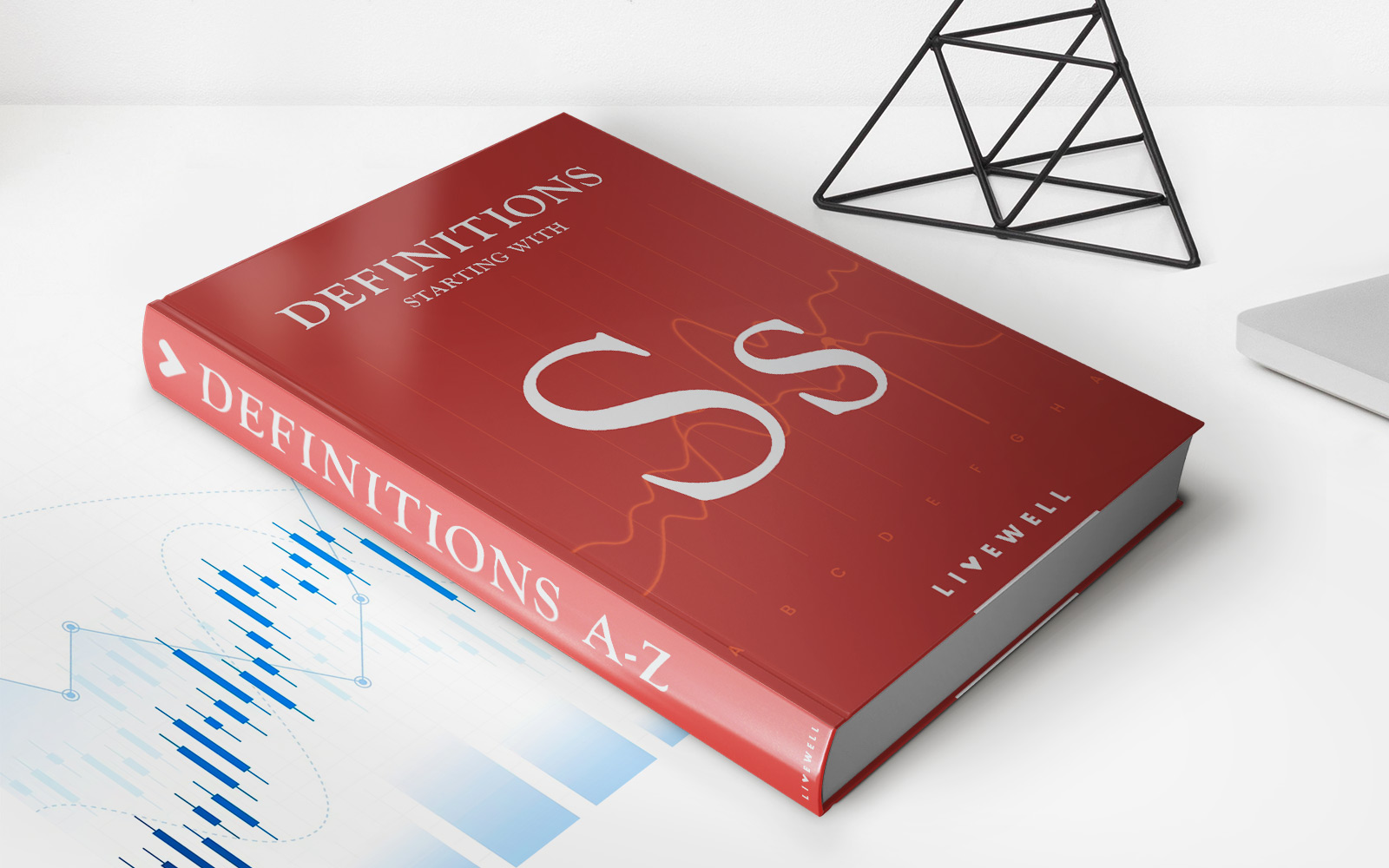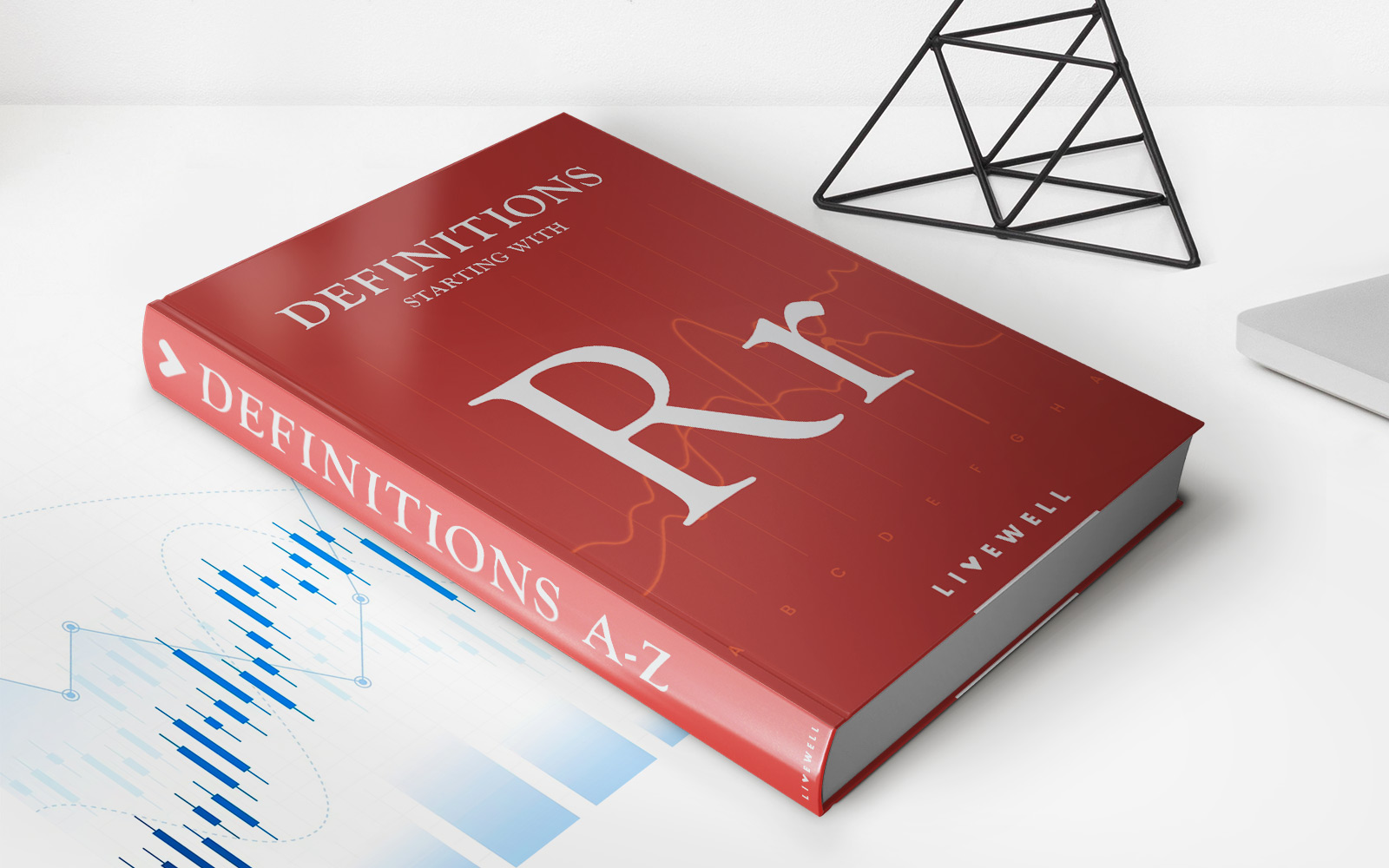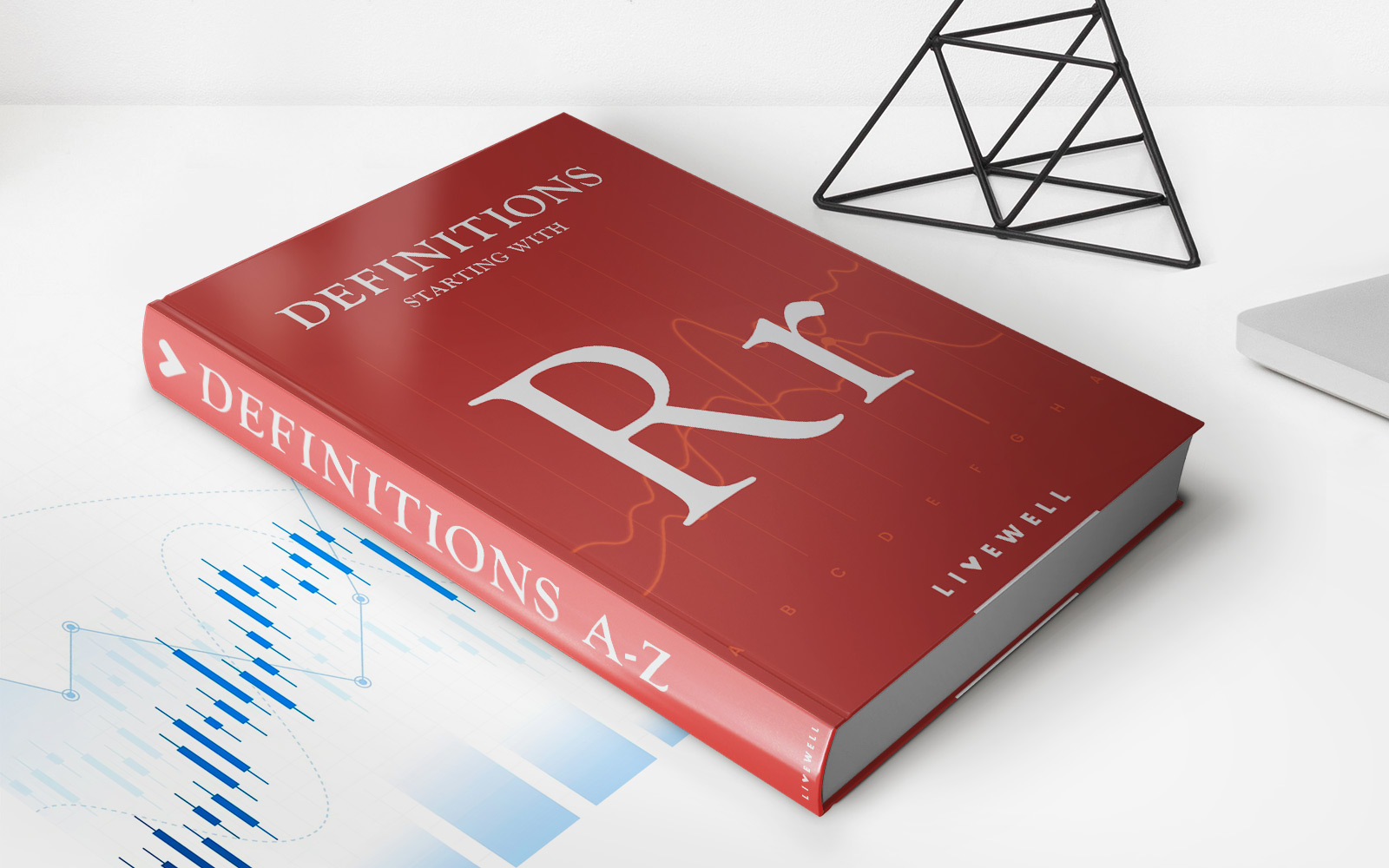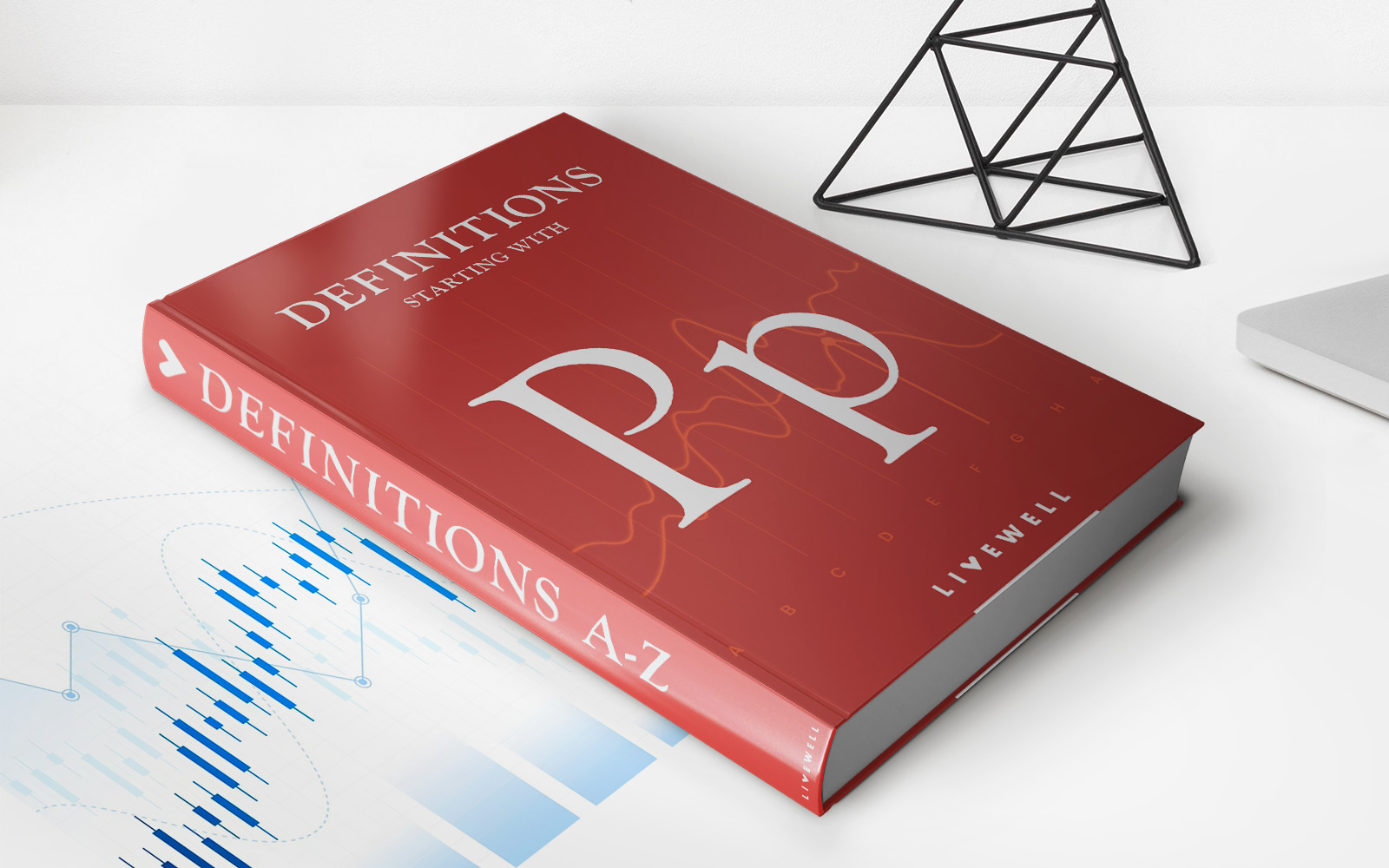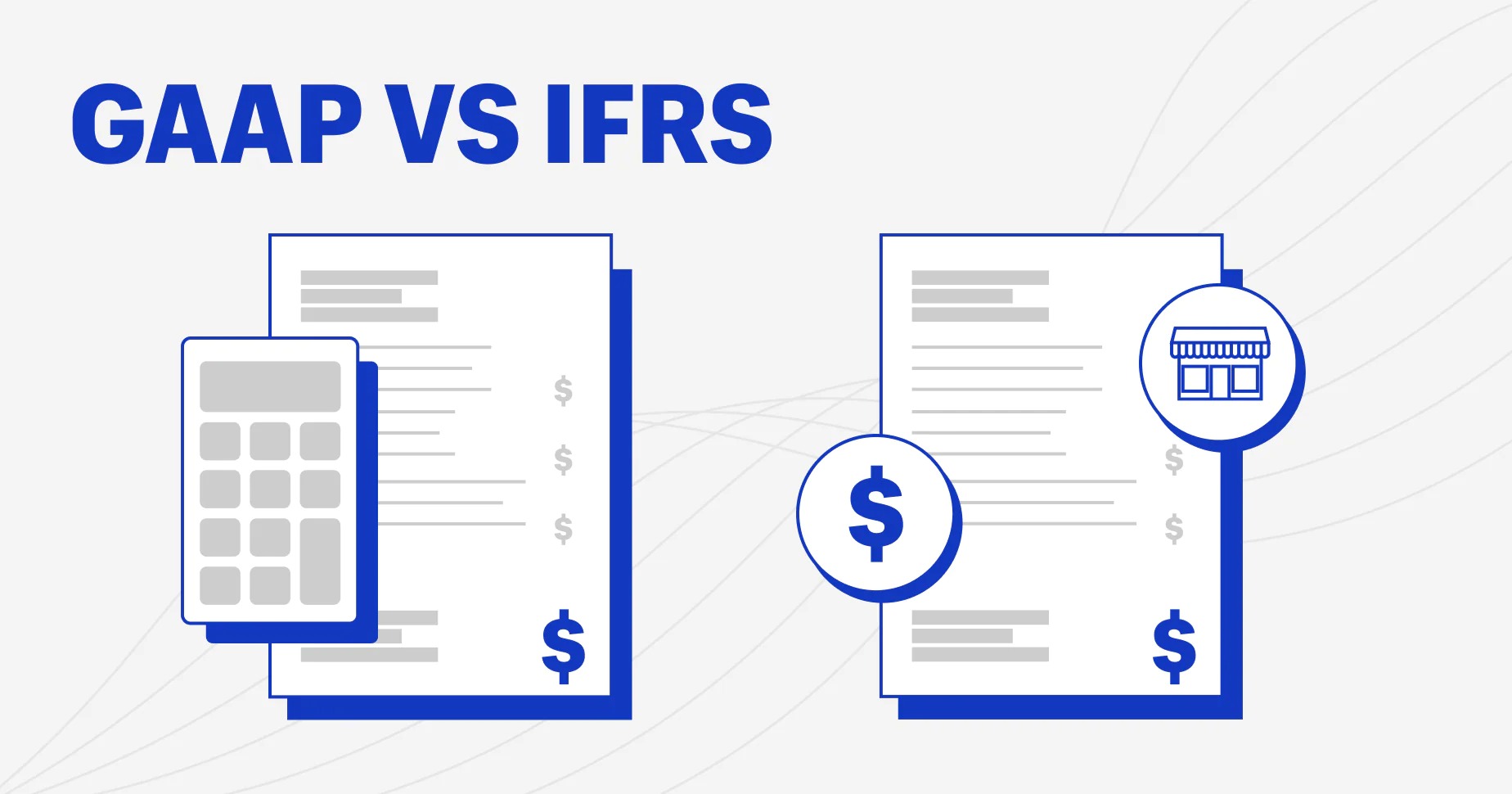Home>Finance>What Is A Bond ETF? Definition, Types, Examples, And How To Invest


Finance
What Is A Bond ETF? Definition, Types, Examples, And How To Invest
Published: October 17, 2023
Discover the definition, types, and examples of bond ETFs in finance. Learn how to invest in these versatile and popular investment vehicles.
(Many of the links in this article redirect to a specific reviewed product. Your purchase of these products through affiliate links helps to generate commission for LiveWell, at no extra cost. Learn more)
Unlocking the Potential of Bond ETFs
When it comes to investing, there are various options available to individuals looking to grow their money and secure their financial future. One such option that has gained popularity in recent years is the Bond ETF, or Exchange-Traded Fund.
Bond ETFs, much like traditional ETFs, are investment funds that trade on the stock exchange. However, unlike equity-focused ETFs, which track the performance of a specific index, Bond ETFs invest in a diversified portfolio of bonds with different maturities, credit qualities, and issuers.
Key Takeaways:
- Bond ETFs are investment funds that trade on the stock exchange.
- They provide investors with exposure to a diversified portfolio of bonds.
Now that we understand the basic concept of Bond ETFs, let’s dive deeper into how they work and explore the different types available.
Types of Bond ETFs
Bond ETFs can be classified into several categories:
- Government Bond ETFs: These ETFs primarily invest in bonds issued by governments and government agencies. They are considered relatively low-risk investments, as they are backed by the creditworthiness of the issuing government.
- Corporate Bond ETFs: These ETFs invest in bonds issued by corporations to raise capital. They can provide potentially higher yields but come with greater credit risk compared to government bond ETFs.
- Municipal Bond ETFs: Municipal bond ETFs focus on bonds issued by state and local governments. Investors in these ETFs may benefit from potential tax advantages, as the interest earned on municipal bonds is often exempt from federal taxes.
- High-Yield Bond ETFs: These ETFs invest in bonds with lower credit ratings, commonly known as “junk bonds.” High-yield bond ETFs aim to capture higher returns but carry higher default risk.
These are just a few examples of the different types of Bond ETFs available in the market. Each type offers distinct advantages and risk profiles, allowing investors to tailor their investment strategies to their specific needs and risk tolerance.
How to Invest in Bond ETFs
Investing in Bond ETFs is relatively straightforward, and it can be done through the following steps:
- Choose a brokerage: Select a reputable brokerage firm that offers Bond ETF trading services.
- Research and select the right Bond ETF: Conduct thorough research on the various Bond ETFs available, considering factors such as expense ratios, historical performance, and the underlying bonds held in the portfolio.
- Open a brokerage account: Follow the account opening process provided by your chosen brokerage, which usually involves completing an application and providing the necessary information.
- Place your trade: Once your account is open and funded, enter the details of your desired Bond ETF trade, including the quantity of shares and desired price.
- Monitor and manage your investment: Regularly review the performance of your Bond ETF investment and make adjustments if necessary based on your investment goals and market conditions.
Remember, investing in any financial instrument carries some level of risk, so it’s important to do proper due diligence and consult with a financial advisor if needed.
Final Thoughts
Bond ETFs provide investors with an opportunity to gain exposure to a diversified portfolio of bonds, offering potential income generation and capital appreciation. By understanding the various types of Bond ETFs available and how to invest in them, individuals can make informed decisions to diversify their investment portfolios and achieve their financial goals.
Explore the world of Bond ETFs and consider incorporating them into your investment strategy to unlock the potential they offer.
